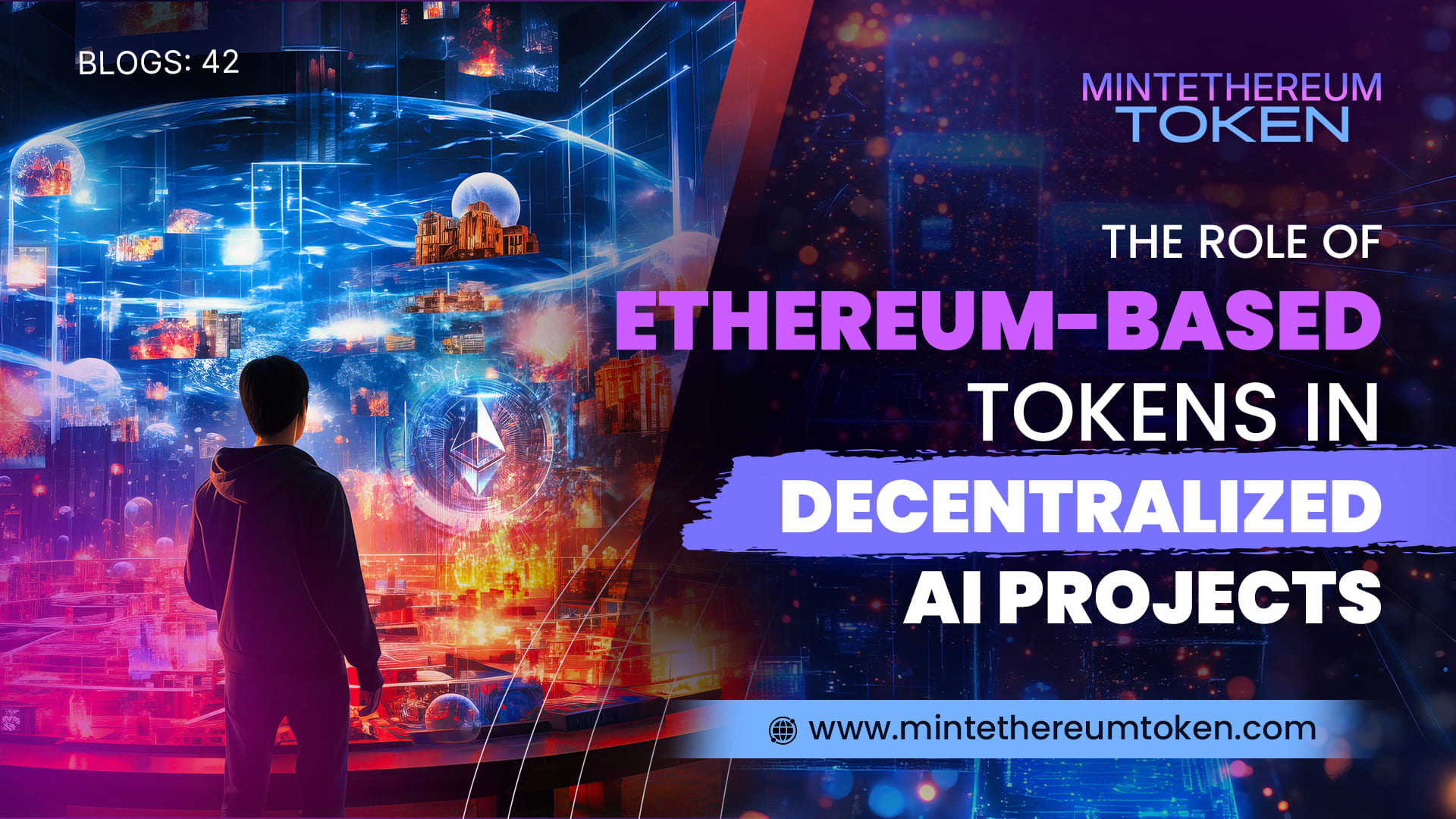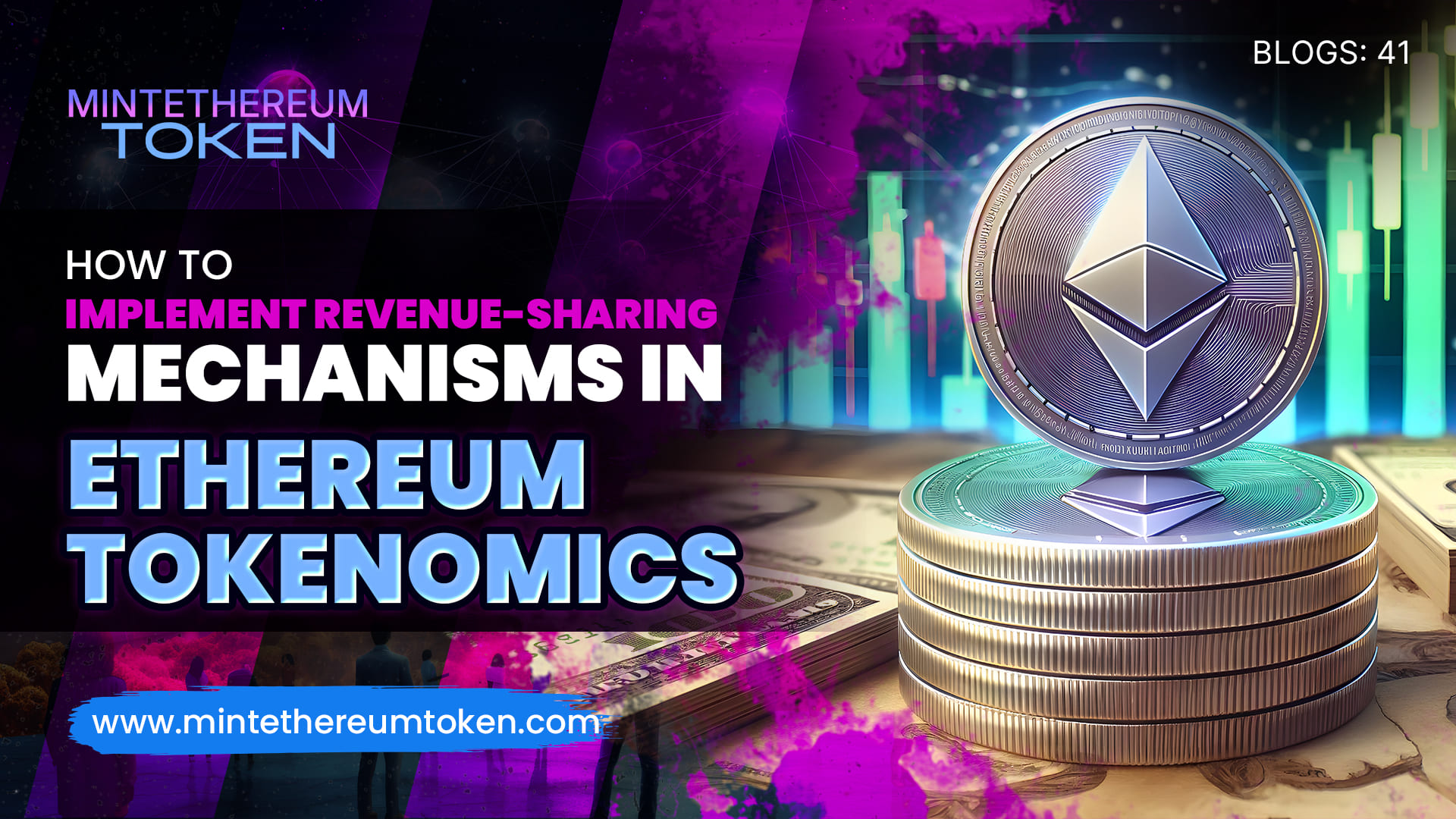January 23, 2025
The Role of Ethereum in Creating Scalable Token Ecosystems
Ethereum has long been recognized as the pioneering platform for decentralized applications and tokenization. With the rapid evolution of blockchain technology, Ethereum continues to play a crucial role in creating scalable token ecosystems that can support a diverse array of applications—from decentralized finance (DeFi) to non-fungible tokens (NFTs) and beyond. In this post, we explore how Ethereum’s robust infrastructure, ongoing upgrades, and innovative ecosystem are enabling the development of scalable token systems that can adapt to the demands of a rapidly growing digital economy.
Ethereum’s Scalability Landscape
The Transition to Ethereum 2.0
Ethereum’s move from a Proof-of-Work (PoW) to a Proof-of-Stake (PoS) consensus mechanism through Ethereum 2.0 is a major step toward enhancing scalability. This upgrade addresses many of the network’s past limitations by reducing energy consumption, increasing transaction throughput, and lowering gas fees. With these improvements, Ethereum is better equipped to handle the high transaction volumes required by large-scale token ecosystems.
Layer 2 Solutions and Sidechains
In addition to the Ethereum 2.0 upgrade, Layer 2 solutions and sidechains have become essential components of Ethereum’s scalability strategy. These solutions work alongside the mainnet to process transactions off-chain, reducing congestion and significantly lowering costs. By integrating with these scalability tools, token ecosystems can operate more efficiently, allowing for seamless token minting, trading, and usage even during peak network activity.
Building a Scalable Token Ecosystem
Designing for High Throughput
Scalability starts at the design phase. Developers can create token systems that are optimized for high throughput by leveraging efficient smart contract design, minimizing gas-intensive operations, and using standardized token protocols such as ERC-20 and ERC-1155. These best practices help ensure that token transactions remain fast and cost-effective, even as user demand grows.
Interoperability and Cross-Chain Integration
Scalable token ecosystems benefit greatly from interoperability. Ethereum’s open architecture supports integration with various protocols and platforms, enabling tokens to interact across different blockchain networks. Cross-chain bridges and interoperability protocols allow tokens to move freely between ecosystems, broadening their utility and driving greater liquidity. This cross-platform compatibility is key to creating dynamic, scalable token economies.
Community-Driven Development
Ethereum’s decentralized nature encourages community involvement, which is essential for the continuous improvement and scalability of token ecosystems. Decentralized Autonomous Organizations (DAOs) and community governance models allow stakeholders to propose and vote on system upgrades and protocol changes. This participatory approach ensures that the ecosystem evolves in line with the needs of its users, fostering long-term sustainability and growth.
Real-World Applications
Decentralized Finance (DeFi)
Ethereum’s scalable token ecosystems have fueled the explosive growth of DeFi, enabling complex financial services such as lending, borrowing, and yield farming. These services require rapid, low-cost transactions, which are made possible by Ethereum’s scalability improvements. As DeFi continues to expand, Ethereum remains at the forefront of innovation, providing the necessary infrastructure for a robust, scalable financial ecosystem.
Non-Fungible Tokens (NFTs) and Digital Art
The NFT market has experienced tremendous growth, thanks in part to Ethereum’s ability to scale. Lower transaction fees and faster confirmation times have made it feasible for artists and collectors to create, trade, and manage NFTs at scale. This has opened up new opportunities for digital art, gaming assets, and other unique digital collectibles, driving further innovation within the ecosystem.
Enterprise and Supply Chain Solutions
Scalable token ecosystems on Ethereum are not limited to consumer applications. Enterprises are increasingly leveraging Ethereum for tokenized supply chain management, digital identity verification, and other business-critical processes. These applications benefit from Ethereum’s security, transparency, and scalability, ensuring that enterprise-level operations can be executed efficiently and securely.
Future Outlook
As Ethereum continues to innovate and scale, the potential for creating even more robust token ecosystems grows. Upcoming advancements in interoperability, continued Layer 2 integrations, and further protocol optimizations will drive the next wave of blockchain innovation. Ethereum’s commitment to scalability positions it as the backbone for the next generation of digital economies, where token ecosystems can support millions of users and trillions in value.
Conclusion
Ethereum remains a cornerstone of blockchain innovation, playing a pivotal role in creating scalable token ecosystems that can adapt to the evolving demands of digital finance, art, and enterprise applications. Through the transition to Ethereum 2.0, the adoption of Layer 2 solutions, and a strong focus on community-driven development, Ethereum is setting the stage for a more efficient, interoperable, and scalable blockchain future. As token ecosystems continue to grow and diversify, Ethereum’s robust infrastructure and continuous innovation will ensure its central role in powering the digital economy.






